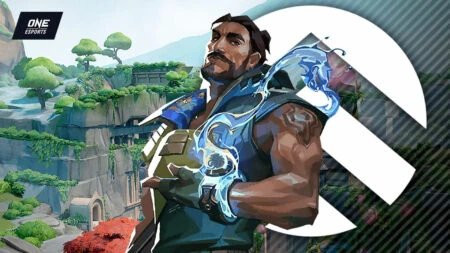Updated on May 16, 11:31 a.m. (GMT+8): Improved relevancy.
With Lotus‘ unique layout featuring tight corners, open areas, and multiple elevations, choosing the best controllers becomes crucial.
Set in the Western Ghats in India, the map was designed around a theme of thrilling adventure. Taking inspiration from Indiana Jones, the rock-cut architecture gives rise to multiple pathways and corridors that lead to each of the spike sites.

Lotus is a map that offers plenty of options for both attackers and defenders to move around. It also debuts a few new mechanics, including rotating doors, a destructible wall, and a silent drop.
Here’s a look at the best controllers to play as you plumb the mysteries of this lost city.
Ranking the best controllers to use on Lotus
1. Astra
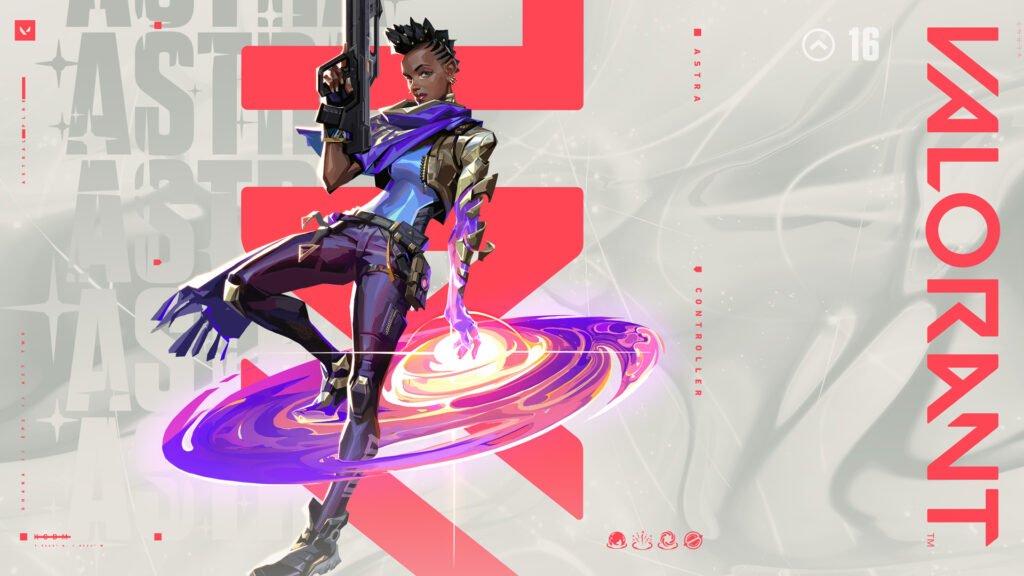
Ghanaian controller Astra should feel at home on Lotus. With three sites, her ability to deploy smokes globally should come in very handy, especially for teams relying heavily on default plays.
For instance, she can play at C Mound on attack, while still helping her team take vital A Main control with a Nebula smoke.
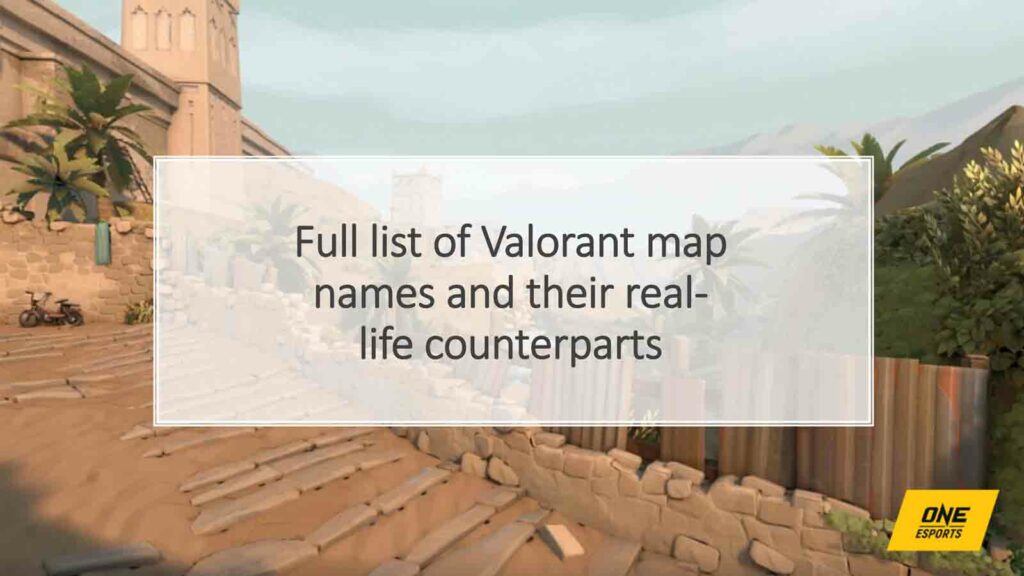
A Main provides a very oppressive sightline for snipers, and blocking that off can help your team take crucial space.
On defense, she can take advantage of the multiple narrow choke points leading into B site, slowing down fast pushes with a cleverly placed Gravity Well or Nova Pulse.
2. Omen
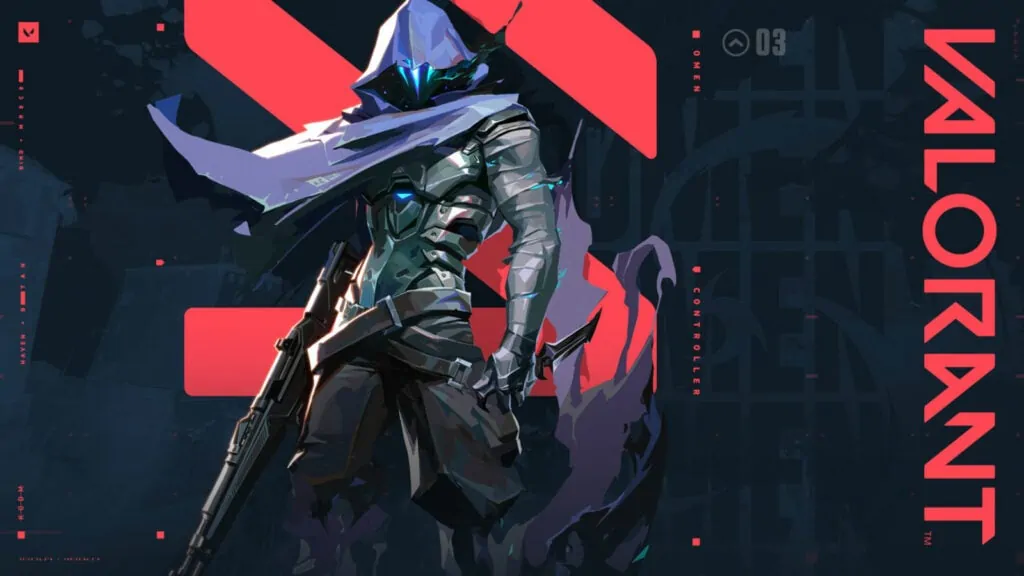
Omen’s biggest strength is his rechargeable Dark Cover smokes. He can smoke off A Main multiple times, or simply teleport behind A Rubble to exert pressure on defenders.
His Paranoia flash could also prove useful around the map’s revolving doors, providing cover as his team pushes through.
On top of that, the enclosed nature of most spike sites, particularly B and C, could play to the strengths of Paranoia and make it more difficult to dodge.
3. Harbor
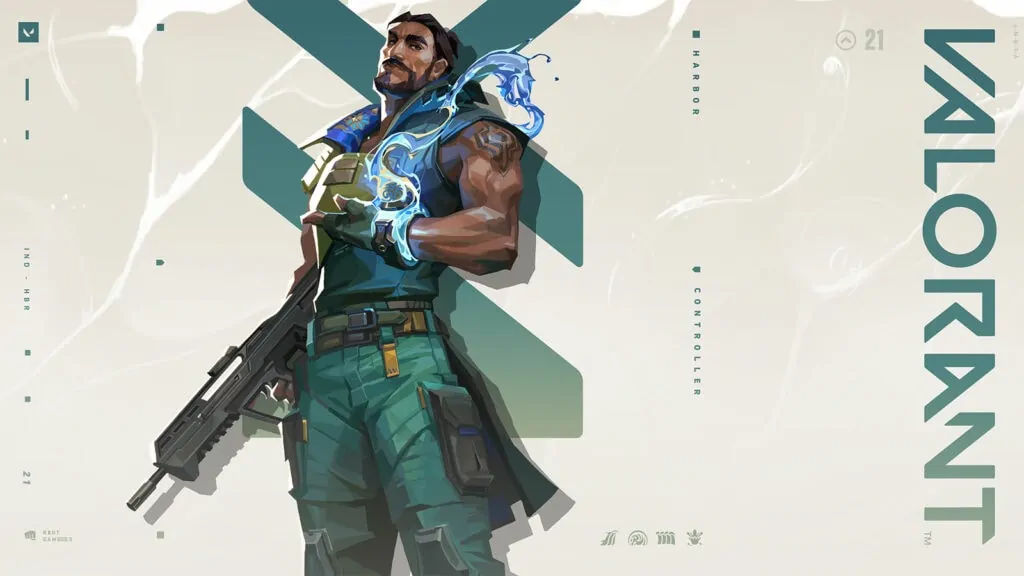
Harbor has several vision-blocking abilities that can divvy up the map on attack and allow his team to gain ground, such as with High Tide and Cascade.
He is fairly potent on attack, and the forgiving 40-second cooldown on High Tide, which actually starts from the moment you use the ability, means that he will have it available again very soon. High Tide can also be curved and used in a different area again, which may give it an advantage over Viper’s Toxic Screen.
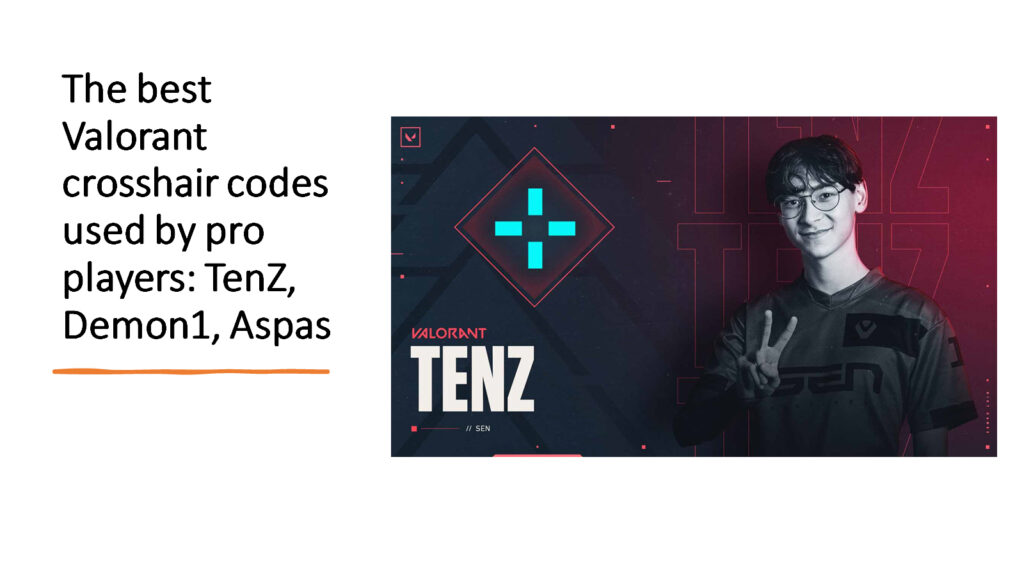
This provides a good degree of flexibility throughout each round, in case you want to pivot and hit a different site.
However, Harbor’s limitations are thrown into sharp relief on defense. His kit continues to lack the stall ability of other controllers, and he will struggle to slow opponents down by himself.
4. Brimstone
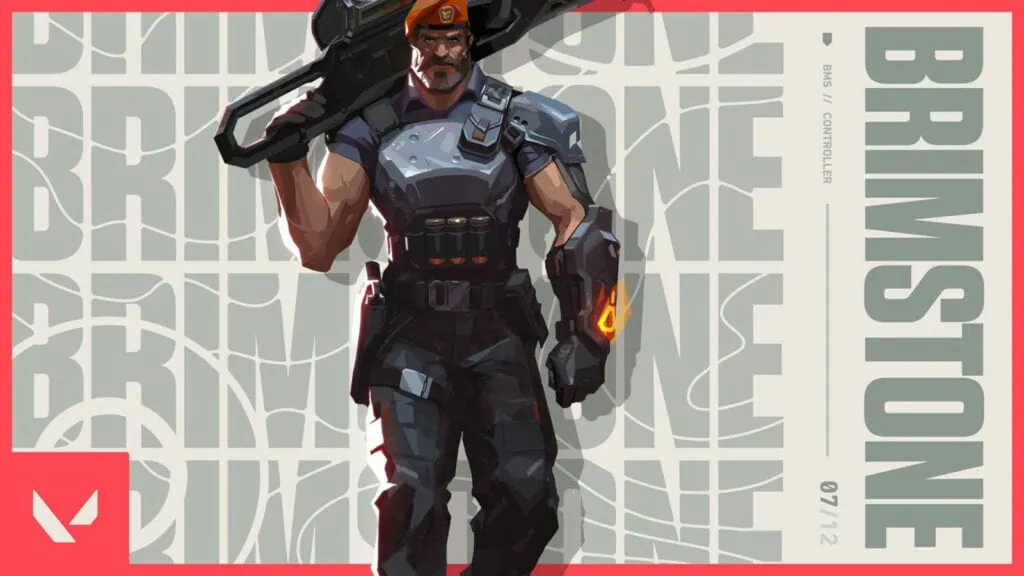
Brimstone is one of the weakest controllers on Lotus. With just three Sky Smokes, he will struggle to balance his team’s need to take early map control with committed executes.
His Sky Smokes also do not recharge. If things do not go according to plan, he won’t be able to re-smoke key sightlines, which is particularly punishing on a map of this size.
On top of that, the limited range of his Sky Smokes puts him at a massive disadvantage compared to an agent like Astra. While Astra can move around the map unfettered, Brimstone will have to position himself according to where his smokes are needed.
5. Viper
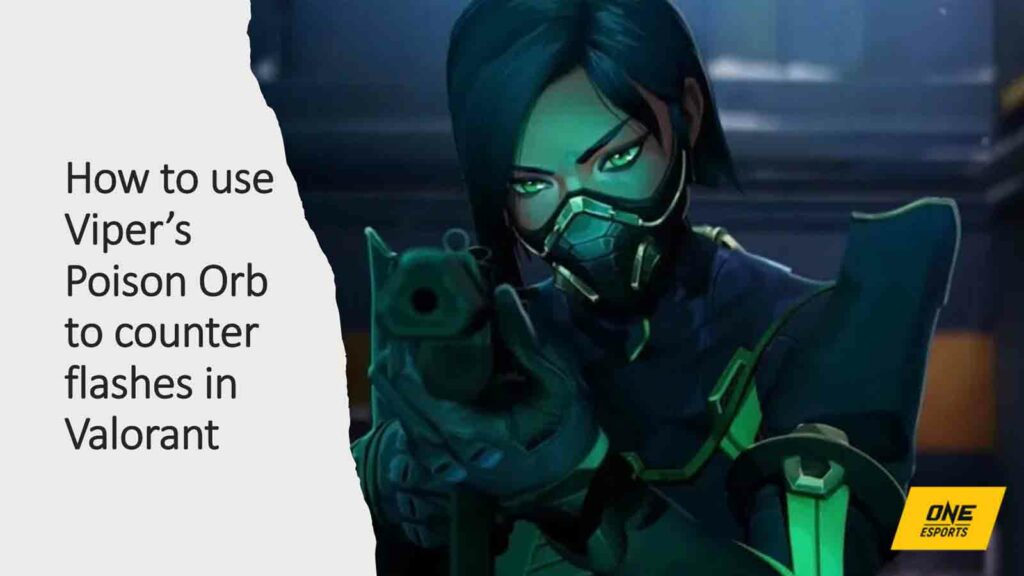
Viper is traditionally an agent that thrives on large, open maps, such as Breeze, since her Toxic Screen wall can block off multiple sightlines at once.
Lotus is the opposite of that. Despite the size of the map, each site is relatively enclosed, featuring small plant sites.
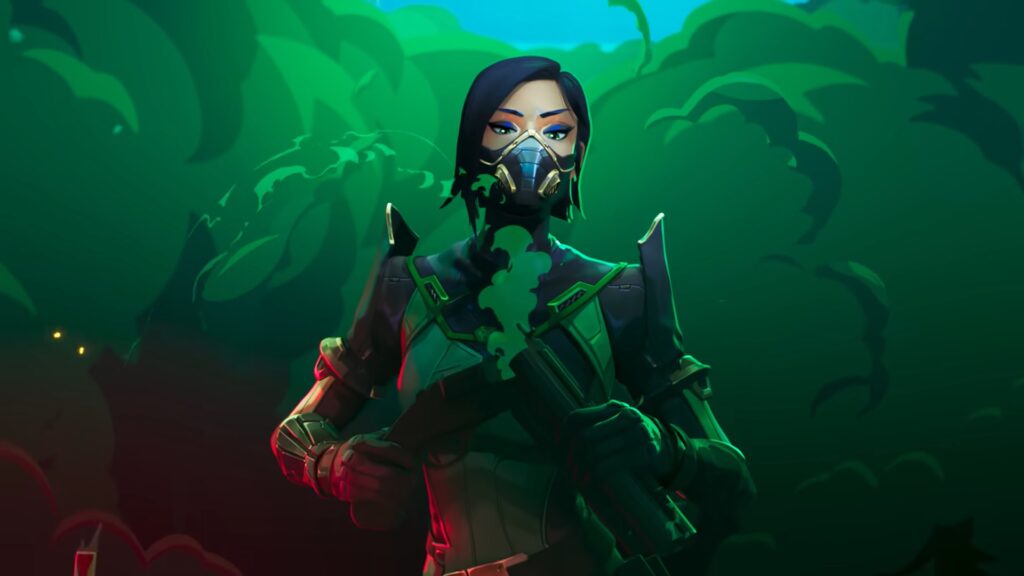
On defense, Toxic Screen can be used creatively to obscure multiple lanes. While standing in B site, she can block off both A Main and B site. Her Poison Cloud smoke can also sit on the ledge at C Main and create a one-way smoke that will give opponents pause.
But things get very tricky on attack, especially since Viper cannot pick up and deploy her wall again. The small size of each site also means that Toxic Screen confers little advantage over a traditional dome smoke.
READ MORE: Valorant minimap guide: multiple ways to use the radar like a pro
